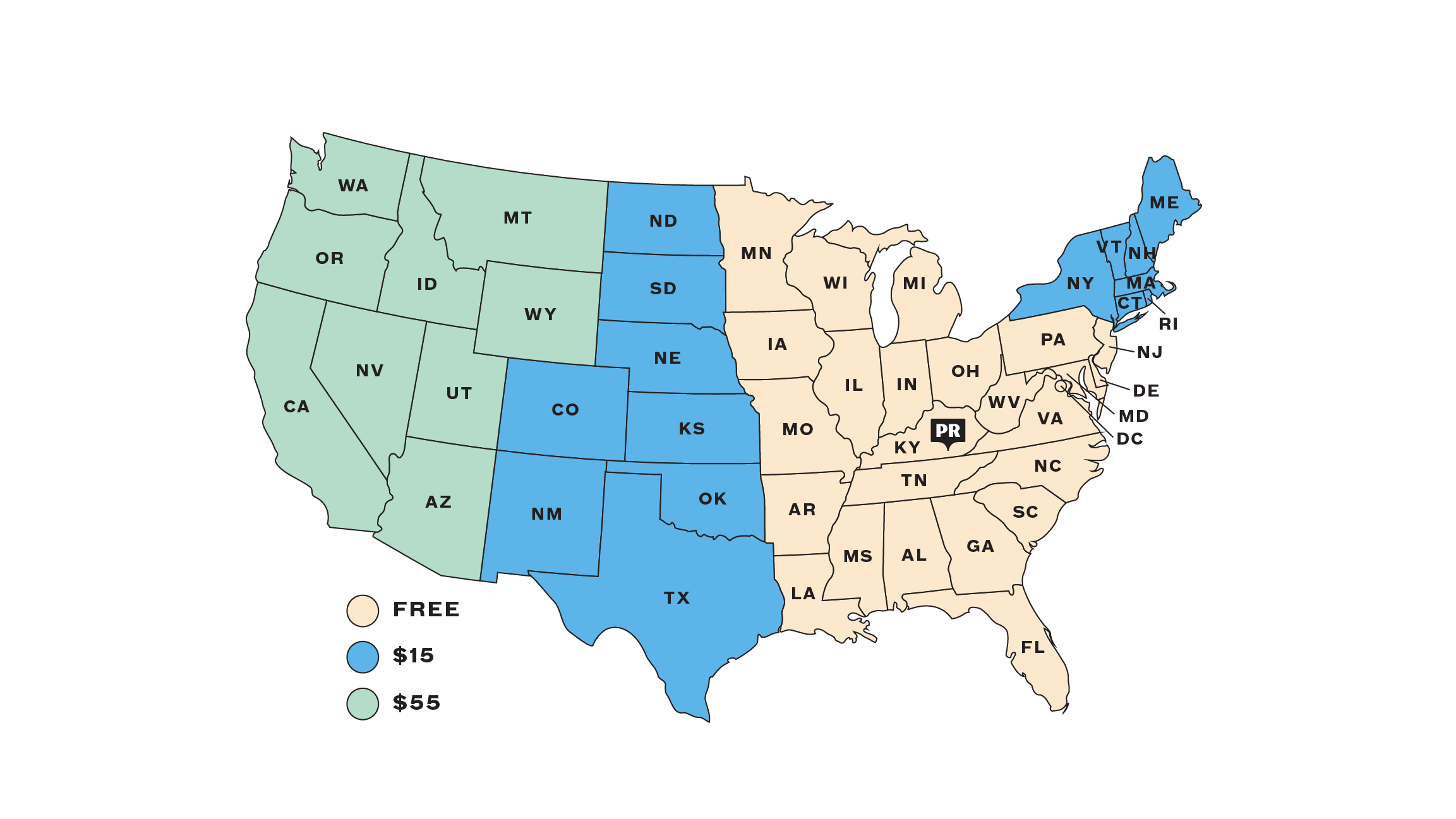At Porter Road, we practice a style of butchering called “seam butchery". As the name suggests, this style of butchering is defined by the fact that we cut along the natural seams between muscles rather than using a saw to create slices that contain multiple muscle groups, or large roasts.
This style of butchering is significantly more labor intensive than other methods but the benefits are 3-fold:
1. Cuts that contain multiple muscles are often hard to cook correctly. A T-Bone is the perfect example of this — while heavily coveted, this steak contains meat from both the strip section and the tenderloin. If you’ve cooked a Filet Mignon and New York Strip, you know that these cuts should be treated differently.
2. You’ve probably seen us refer to “butcher’s cuts” — these are the cuts that may not be well-known but that butchers know are something extra special. By practicing seam butchery, we’re able to extract dozens of delicious cuts that a commodity processing plant would turn into ground beef or offer as part of a larger cut. At the grocery store, you could find a 7-bone chuck roast, but at Porter Road, we offer that as a few different cuts, each of which boasts is own special characteristics — the versatile Denver Steak, marbled Chuck Eye, low and slow heroes Chuck Roast and Boneless Short Ribs, and perfect single serving Sierra Steak, are all cut from the chuck roll, which would be sold as this massive roast. To sell all of these amazing cuts as a 7-bone chuck roast ignores that they’re each unique and delicious in their own way.
3. It is important to us to honor the work of our farmers, and the lives of the animals. The best way we can do this is ensuring that nothing goes to waste. Our skilled butchers use their knife skills to not only extract every delicious cut, but to carefully clean all of the trim that is produced in the process. These leftover bits from our steaks and roast are then used to create our Dry Aged Ground Beef, Dry Aged Hot Dogs, Beef Sticks, and more.
If seam butchery is so great, why doesn’t everyone do it? The answer is simple: time. Training our butchers takes months and by the end of that period, they can butcher each animal from nose to tail. The butchers start by learning how to hold their knives properly, and which knives to use for what, by cleaning trim. They then move on to portioning cuts like Pork Chops, and finally are ready for the most labor-intensive and delicate work like separating our Flat Irons from the tough silverskin.
Even with the highest level of skill, our butchers simply cannot break an animal down in as short a time as our commodity counterparts, who do most of their work with saws, each person focusing on one small part of the process in a disassembly line. Operating our own facility means we don’t have to rush to fill insane quotas and can instead focus on the craft (and safety).
At Porter Road, our farmers go above and beyond to raise animals on pasture, and we take it to the next level with our dry aging process. It’s only natural that the same level of care carries through to the butchering, so we can offer our customers the absolute highest quality, and introduce them to unique cuts that they’ve never seen before.


